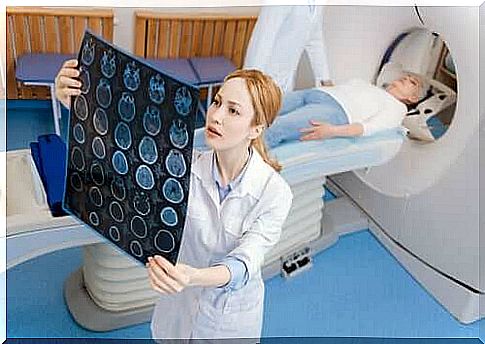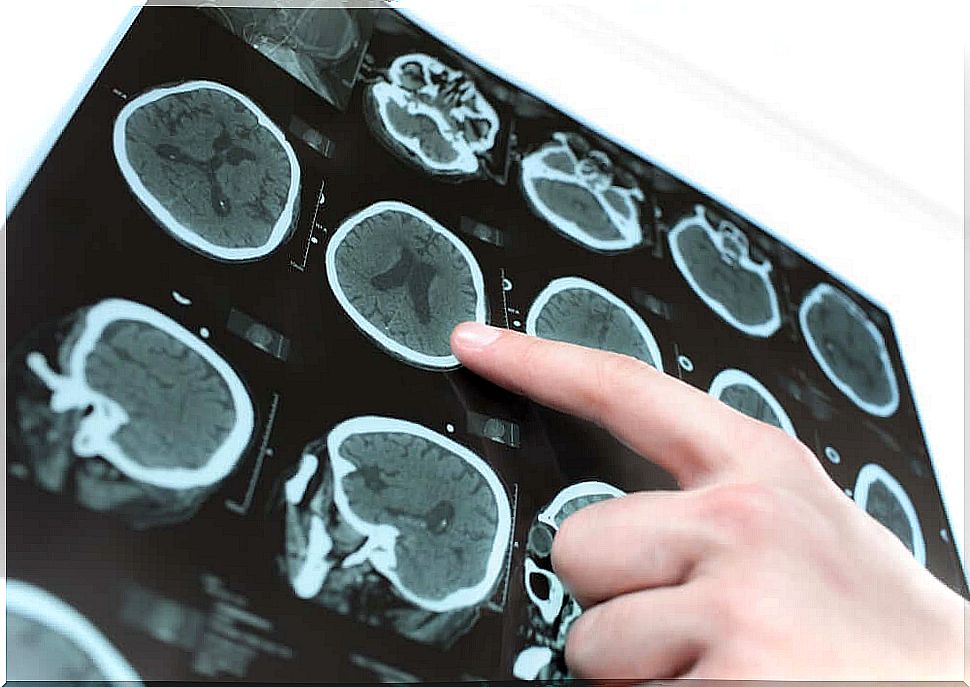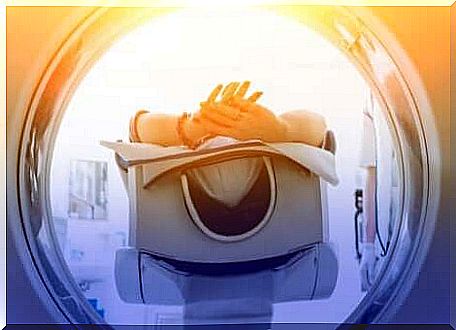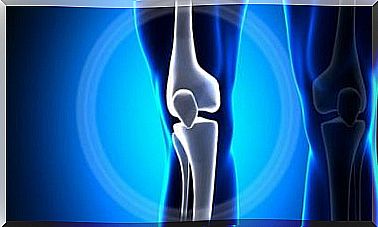CT Scan And Magnetic Resonance: What Are The Differences?

The differences between CT and MRI are mainly of a technical nature. The two exams employ different methods for image acquisition. The way the procedure is conducted in each of the two exams is also different.
However, while there are differences between CT and MRI, both techniques have numerous similarities. In both cases, these are diagnostic tests that use images. Furthermore, they are non-invasive tests whose purpose is to explore, identify or rule out the presence of diseases.
The doctor prescribes the execution of one or another examination based on the specific conditions of the individual patient. The two tests have limitations or contraindications that must be taken into account. However, although there are differences between CT and MRI, both tests are safe and almost always very effective.
Computed tomography or CT scan
One of the most obvious differences that distinguish a CT scan from an MRI is the equipment needed to carry out the exam. The CT scan is performed using a device called a “scanner”, which uses X-rays, like traditional radiographs. Basically, it is a multiple acquisition of photographs of the inside of the body.
These sort of photographs are taken from different angles ; then a computer assembles the images so that it is possible to observe a certain area of the body in a three-dimensional simulation. Although it uses a principle similar to that of radiography, the CT scan is much more detailed.
The radiation generated by the scanner makes soft tissues more visible than hard ones. Soft tissues are all those that are not made up of bones, such as organs, muscles, ligaments and blood vessels.
Less dense areas (such as soft tissues) take on a lighter color, while denser areas (such as bones) are characterized by a dark color. The ionizing radiation produced by the CT scan is minimal and, consequently, does not cause any health consequences. However, this method should not be abused.

Nuclear magnetic resonance or MRI
In an MRI, images are acquired differently than in a CT scan. In this case, magnetic fields, magnets and radio waves are used. A complex system of equipment allows to obtain highly contrasted or, in other words, more detailed images of soft tissues.
By means of magnetic resonance it is possible to acquire images from any point of view, in two or three dimensions. Soft tissue images are very sharp, which allows for fine details that other examinations cannot provide.
Many problems affecting the organism are not identifiable with the naked eye and become visible only by means of images that show the planes along the three axes of space (frontal, transverse and sagittal). Furthermore, the magnetic resonance is very sensitive to the movement of liquids, which allows the carrying out of some tests without the use of any contrast substance.

Differences between CT and MRI
As we have seen in the previous paragraphs, there are several differences between CT and MRI. The first resides in the equipment that is used in either case.
The CT scan involves the use of a ring and a table that, during the examination, moves from side to side. During the resonance, however, the couch is introduced into a tube. Other differences between CT and MRI are as follows:
- The CT scan is based on the use of X-rays; in other words, it makes use of radiation. In the case of MRI, however, a magnet and some antennas are used to receive the signal emitted by the body.
- MRI generates much sharper and more detailed images, thanks to the high resolution of the equipment used.
- The use of CT is indicated in cases of bone lesions, lung and chest study, oncology and emergency cases. MRI is generally recommended for the study of tendons and ligaments, brain pathologies, and injuries of the spinal cord and spine.
- The CT machine is silent, while the MRI machine emits a loud noise.
- CT is done faster than MRI. While the former lasts about half an hour, the latter tends to last over an hour.
- Performing a CT scan is cheaper than using an MRI.
Contraindications
Regarding the contraindications, it should be noted that the CT scan is not adequate for pregnant women, for patients suffering from renal insufficiency and for those suffering from allergy to the contrast material used. For its part, MRI is not performed on patients who wear metal implants or prostheses or some types of pacemakers.









